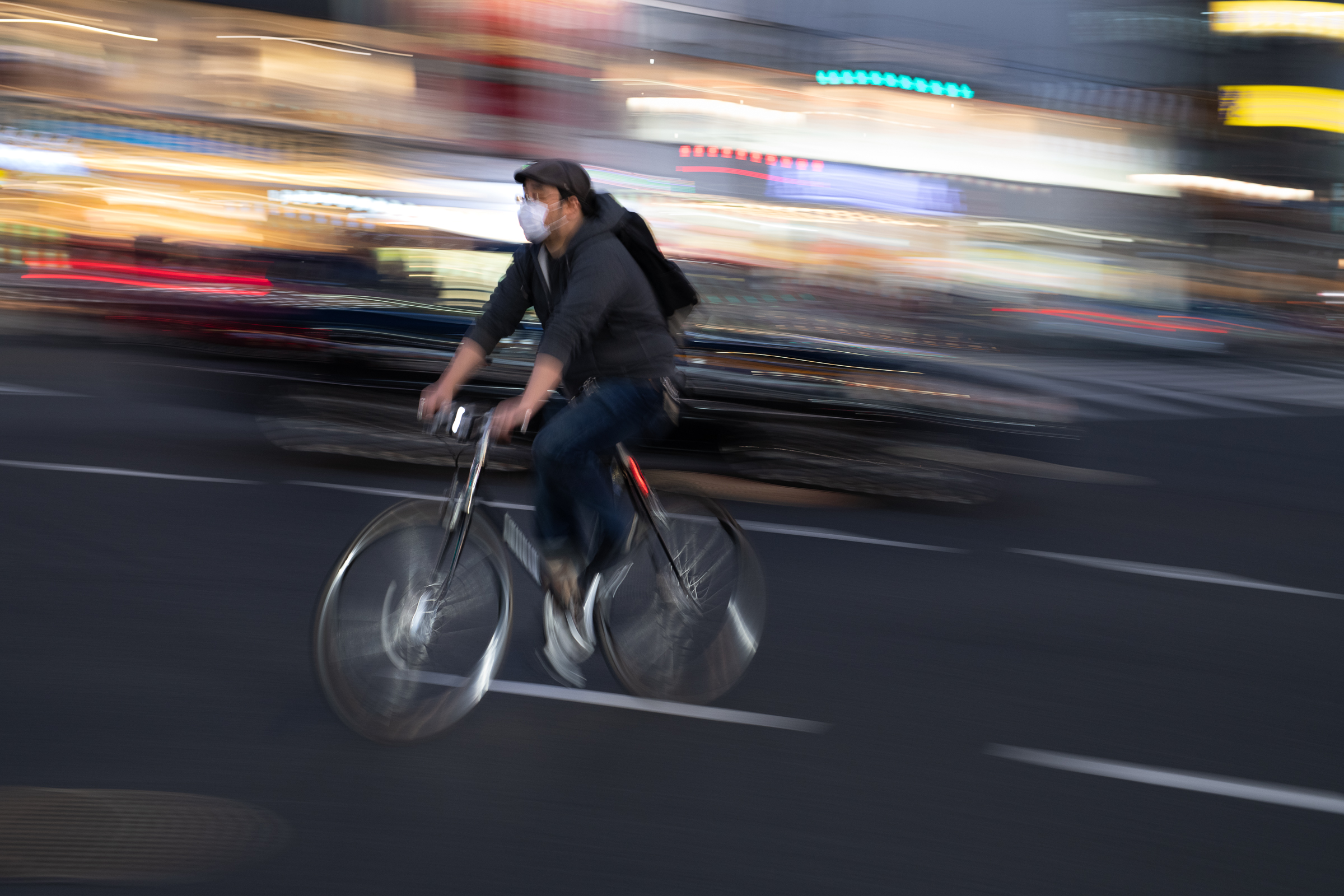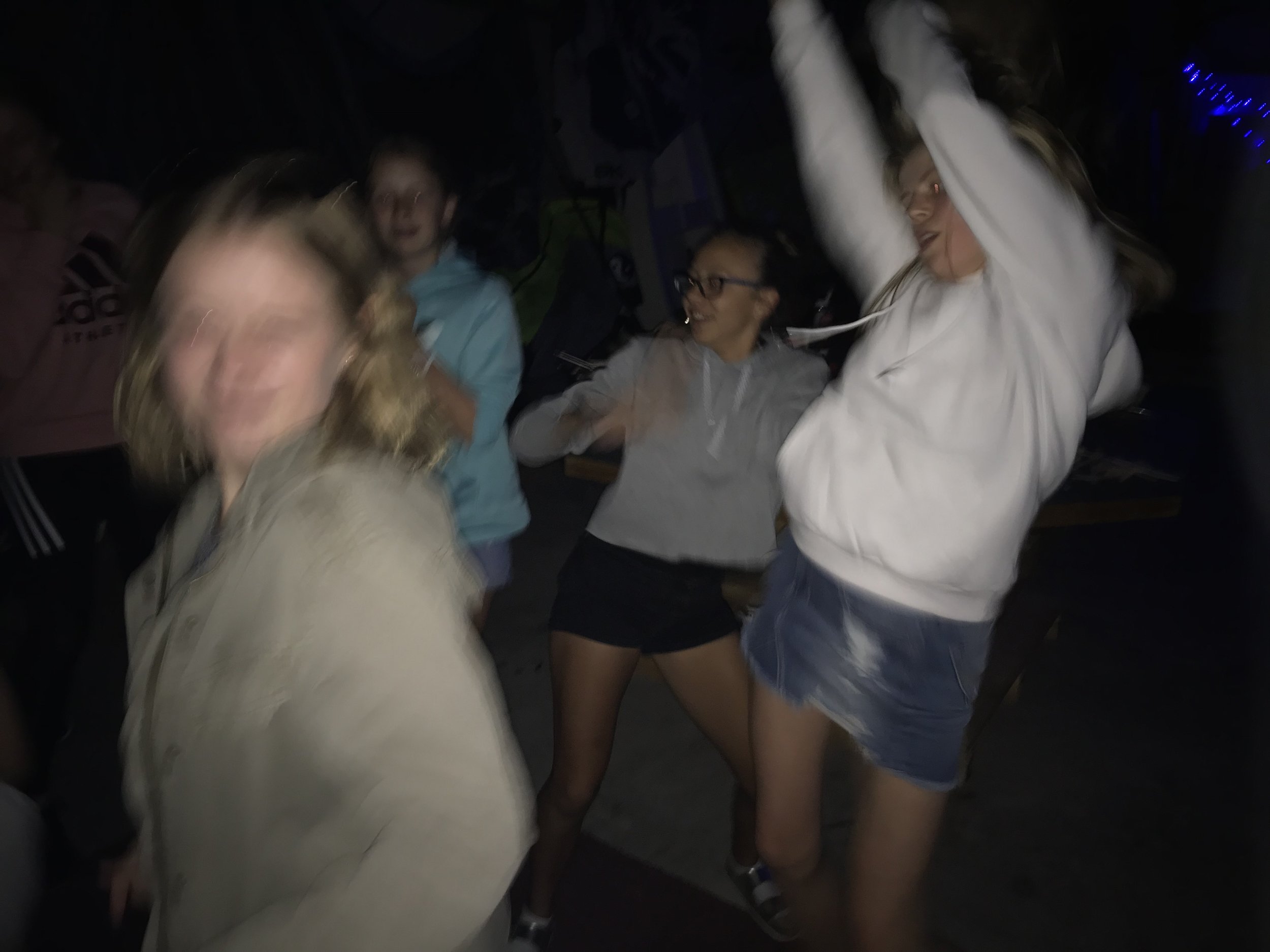I have been experimenting with motion blur (or intentional camera movement, ICM as it is called) for a while. You achieve this effect by using a relatively long exposure time (1/25 second or slower) and moving your camera in a planned and coordinated way when pressing the shutter release. Technically it is not easy to produce meaningful pictures because you need to calculate the visual path of the camera and the position of the object that you are aiming at. So consequently you often get pictures that do not show what you have envisaged.
And to be clear. Motion blur does not mean that you shoot randomly into a crowd or at still objects. In order to achieve good pictures you should have a clear idea or vision of what you want to capture, which expression to achieve and how to move your camera to obtain your result. Otherwise you end up with chaotic pictures that don’t have any meaning or good visual impact.
It took me a few attempts to get this ensemble right. Particularly the ducks posed a challenge.
In Tokyo I returned to the technique of motion blur. An important reason was that I was not overly happy with the expression of my “still pictures” that I had taken in the first two days in the city. So I decided to take the plunge and shoot ICM only for the rest of my stay. That gave me the opportunity of trying out this style in many shots and to improve my technique.
To my mind motion blur pictures have a deeper, a different expression than still photos. I find that they reveal a “reality behind the reality” that you can hardly find in the usual images with quick shutter release. Particularly when shooting people I find that their faces show treats that express something of their character that you only find when you use long exposure.
Signs and gestures. Serendipity certainly plays a role, particularly in situations when you have “one shot” only. Here it played out very nicely for me.
I believe that motion blur is more demanding (and revealing) for the viewer too. As the viewer of these pictures you need to take more time. A motion blur picture does not reveal its whole meaning at first glance, it requires the viewer to look longer and deeper. As not all details are clearly visible the viewer’s imagination needs to add missing pieces. The missing clarity or details need to be filled up and this can only be done by the viewer’s mind. In that way the viewer continues the story of the picture on his own mind. Letting the overall impression sink in, letting the subconscious process what the eye sees may indeed reveal a deeper reality.
Of course any good or meaningful photograph requires the viewer to take time and to be present. And it makes him or her telling a story on their mind. However do I think that in motion blur pictures patience on the side of the viewer reveals more details and more meaning. The viewer actually needs to immerse himself deeper into what is happening in the picture.
I know that motion blur “is not for everyone”. But this holds good for any type of artistic expression. You will always find people loving and others disliking a certain way of expressing something artistically. From that perspective motion blur is not different from any other photographic or artistic style. It is one way of expressing yourself. And to me it is a very appropriate way.
Flickr is regrettably not the ideal medium for motion blur. Viewers “flick” through the pictures very rapidly, spending hardly longer than 3 seconds on one image. Like any other social media platform Flickr is made for instant consumption and we as the producers and consumers at the same time usually comply with this intention. I tend not to show all my ICM work on Flickr as it feels not always appropriate. Some pieces I show on my website only and I hope that the different, more private environment helps viewers to slow down and to take time for the work.
ICM is a very interesting and “different” way of making photographs. I will certainly continue following this path.














